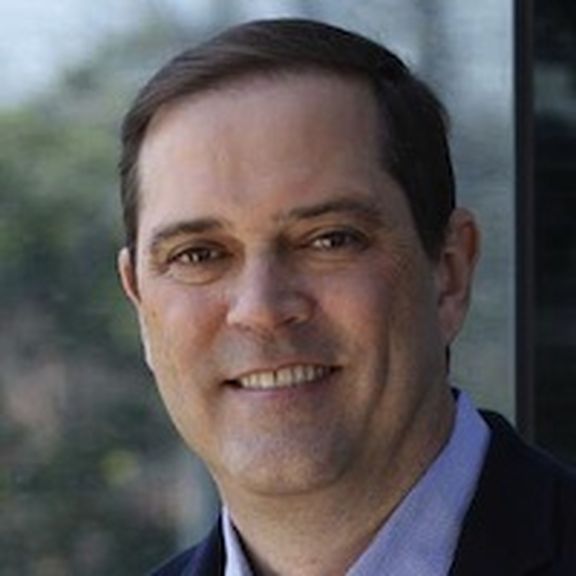The gap between MSP market leaders and laggards is growing wider. I feel it. I hear it. I see it. Thousands of small business MSPs continue to hug traditional servers, desktops and laptops, milking the systems for recurring revenue despite the ongoing shift to cloud services.
The ugly truth? Most MSPs are late to cloud, and they're even further behind on next-generation opportunities like full-stack monitoring to improve application performance and customer experiences.
I'm not suggesting MSPs should abandon traditional revenue streams that still deliver decent profit margins. But far too many MSPs don't push beyond their traditional comfort zones.
Where are the leaders heading? Look around the corner, and you'll see several dozen MSPs gaining critical mass supporting Amazon Web Services. Glimpse into the midmarket and enterprise, and the MSP conversation has extended from infrastructure toward application performance management (APM), customer experience and overall user experiences.
AWS re:Invent and CA World 2017

Many of those next-generation MSP messages took center stage at the recent AWS re:Invent 2017 and CA World 2017 conferences, both of which were held last month in Las Vegas. At AWS re:Invent, MSPs and IT service providers like AHEAD and 2nd Watch plowed ahead with next-generation services (stay tuned for more details soon). In CA's case, the conference conversation involved so-called Modern Software Factories.
Conventional wisdom says all companies are becoming technology companies. But CA takes the conversation one step further -- noting that midmarket and enterprise companies need to build apps faster -- and in turn maximize app performance, notes Ken Vanderweel, senior director of service provider solutions marketing at CA Technologies.
I'd argue that small companies are also jumping into the application performance conversation -- especially nimble startups that are seeking to disrupt entrenched giants. The example even applies to my own business, which continually customizes Web code to compete against large media companies.
Optimize What You've Got, Explore What Your Customers Need
So what does all this mean for MSPs? Regardless of your size, you need to push beyond traditional 'tool' conversations. If you haven't fully optimized your RMM (remote monitoring and management), PSA (professional services automation), BDR (backup and disaster recovery) and endpoint security platforms then you're behind the times.
At CA World, the MSP conversation extended towards Identity and Access Management (IAM), API management, application performance management (APM), and App Experience Analytics. Roughly 600 MSPs were on hand for those conversations. Yes, 600 -- one of the largest crowds of its kind this year, and likely the largest gathering of midmarket and enterprise MSPs that I've heard of...

In some ways, sister ecosystems are experiencing similar chatter. SolarWinds -- parent of SolarWinds MSP -- is talking up a Full Stack Management strategy. And upstarts like New Relic and Datadog are blending cloud-centric APM and infrastructure monitoring. And now Datadog is even pushing into log management.
MSPs that question the need and demand for APM and other emerging services should take a closer look at the financial facts. Cisco Systems paid $3.7 billion for APM upstart AppDynamics earlier this year. The surprise deal surfaced right as AppDynamics was preparing a $2 billion IPO. As Cisco CEO Chuck Robbins said during a November 2017 earnings call: "Our acquisition of AppDynamics is core to our capability of providing end-to-end analytics, from the network to the data center to the application."
Digital Transformation: Trust But Verify
Admittedly, many of the trends above align with so-called "digital transformation" -- and other lofty terms that occasionally promise to transform a legacy business into a modern day Airbnb or Uber.
Some reporters have called on vendors to tone down the digital transformation hype. I'm wary of the hype as well -- especially from hardware companies that largely missed the early cloud wave.
Still, there's no denying that Global 2000 companies are all rethinking the way they consume, customize and develop software -- all in a quest to improve customer engagements. Goldman Sachs, for one, now manages more than 1.5 billion lines of code -- and one in four company employees is an engineer, according to Roy Joseph, managing director of technology infrastructure, client platforms and banking technology.
Down in the SMB sector, I have no doubt that business owners are seeking new ways to customize software, bolster application performance and improve customer outcomes. I wonder: When will more MSPs in the SMB sector wake up to those opportunities?




